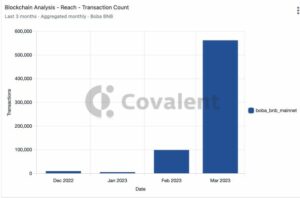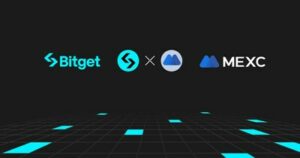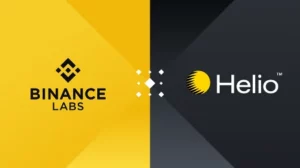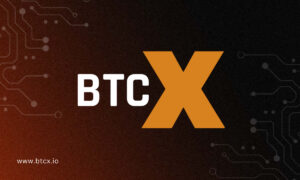Project Overview
Introduction
Trias is a next-generation public chain that lays the foundation for creating a trustworthy and reliable general-purpose computation infrastructure. It incorporates robust technologies, including blockchain, graph computing, and trusted computing, to create a decentralized, efficient, and secure computational framework.
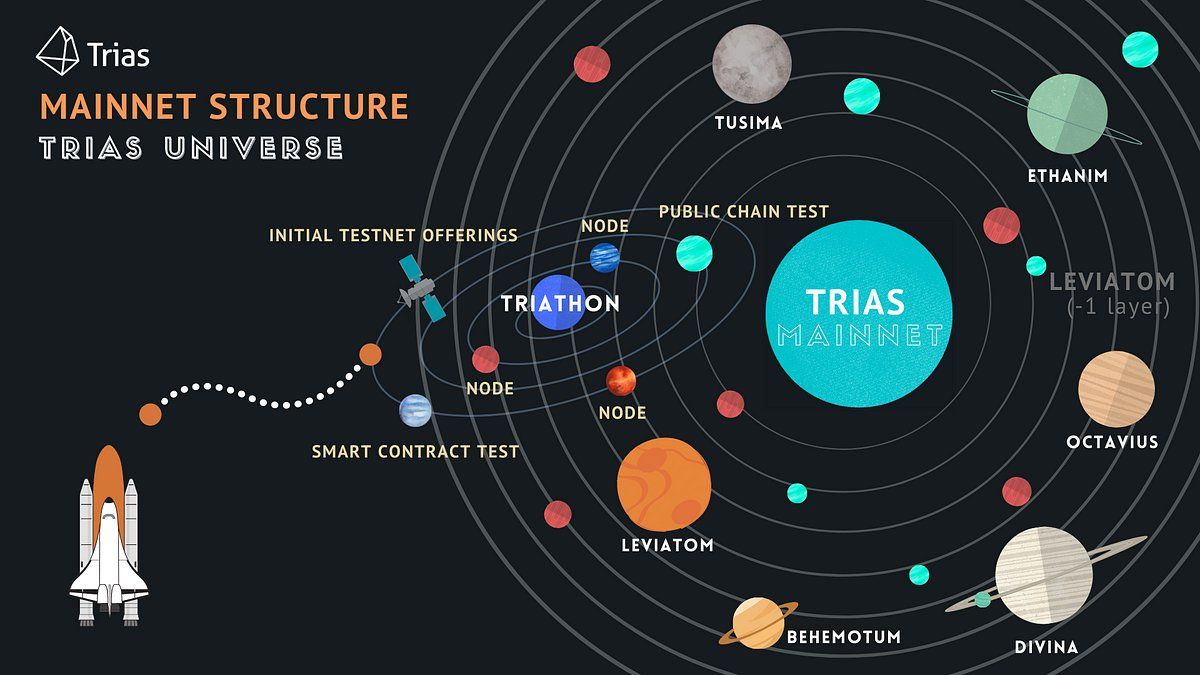
Project Overview
- Robust Autonomous Computing: At its core, Trias aims to ensure the trustworthy execution of software applications on a universal scale. This functionality applies across a myriad of platforms, ranging from public chains and private chains to other forms of distributed systems.
- All-Platform Compatibility: Trias creates an all-platform-supported native-application-compatible smart contract execution platform. It enables developers to write smart contracts that are capable of running on different platforms.
- Three-Layer Architecture – Trias Politica: The Trias architecture comprises three distinct layers known as “Trias Politica.” These are Leviatom, an execution environment for trusted computing; Prometh, a traceable software development framework; and MagCarta, a consensus-oriented programming paradigm for building blockchain applications.
- Scalability and Efficiency: Leveraging the power of trusted hardware, graph computing, and homomorphic encryption, Trias aims to deliver high scalability and efficiency without compromising the security of digital assets and data integrity.
- Security: Trias emphasizes a preventative approach towards malicious behavior, ensuring the security of digital assets and the integrity and reliability of software execution.
Trias Politica: Three Layers
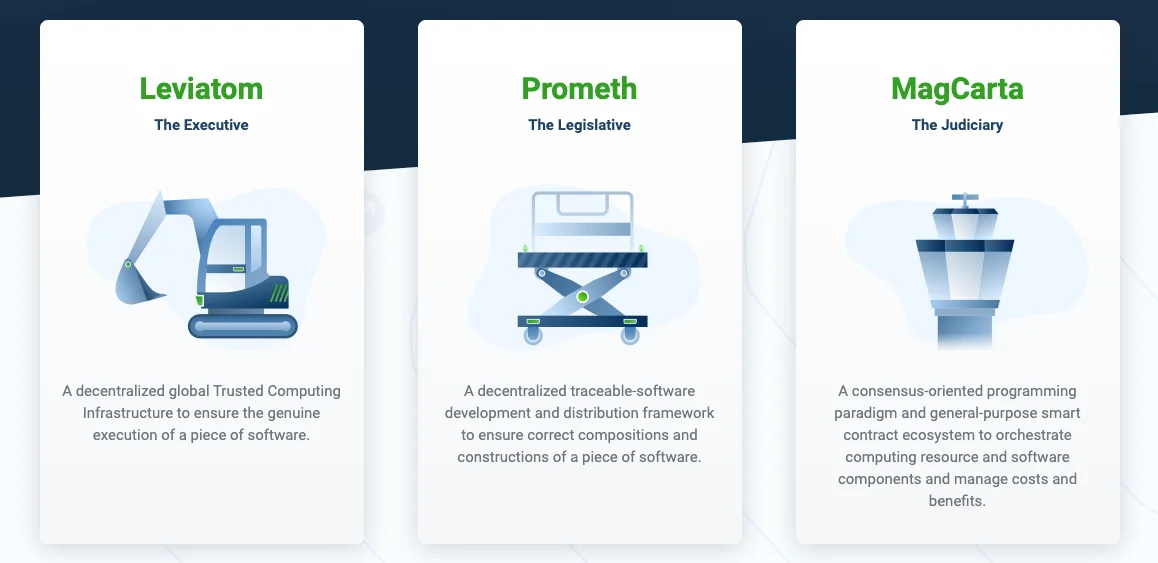
- Leviatom: This network of Trusted Execution Environments (TEEs) provides a reliable execution environment for general-purpose software. It leverages existing hardware, software, and data resources to maximize the system’s efficiency.
- Prometh: This component traces the software’s lifecycle to ensure that the software can be trusted. It verifies the correctness of software deployment, development, and execution.
- MagCarta: This consensus-oriented programming paradigm and an economic model allow for building blockchain applications. It enforces rules using an AI-powered Robotic Process Automation (RPA) system that enables Trias to operate highly automated and scalable.
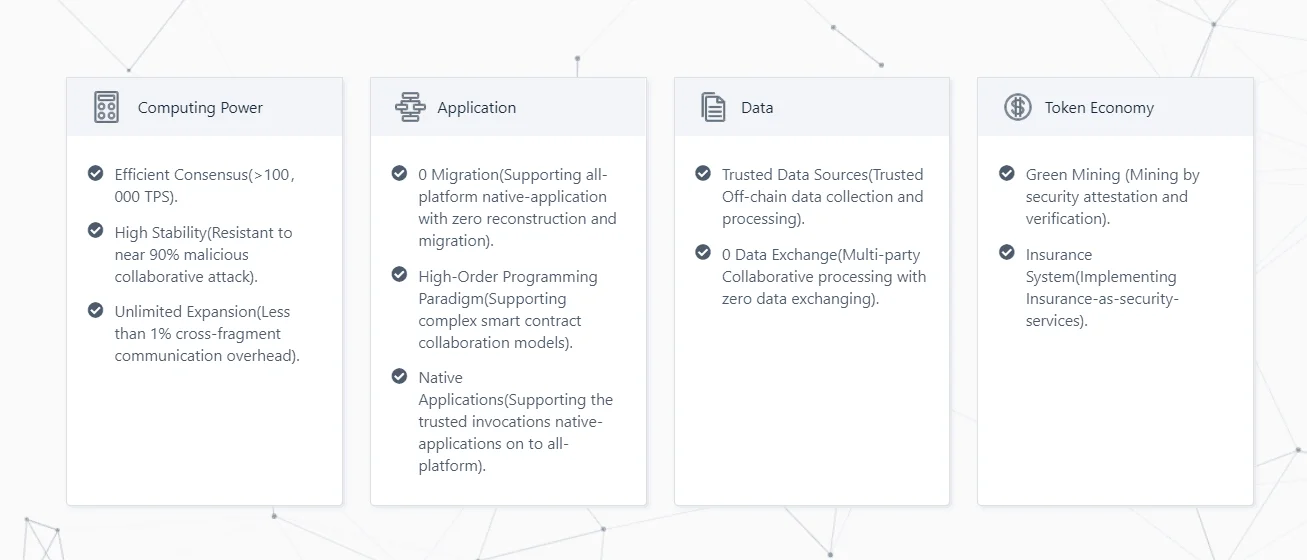
Triathon – A New Era of Decentralized Community-Driven Security
A remarkable initiative within the Trias ecosystem is the launch of Triathon, a decentralized community-driven Security Test and Finance platform. Triathon encourages active community participation in security testing while rewarding users for their contributions.
Triathon plays a pivotal role in enhancing the security of Trias’s infrastructure. It enables participants to test the system’s robustness and identify potential vulnerabilities. By crowdsourcing security testing, Triathon ensures a constant monitoring of system performance and an ongoing optimization of security protocols.

At the core of Triathon’s functionality is its unique rewards system. Participants who contribute to the platform by undertaking security testing tasks can earn rewards, incentivizing more users to engage and contribute to the platform’s security.
The integration of finance into the Triathon platform is another noteworthy aspect. It presents a mechanism that allows users to stake their TRIAS tokens and participate in liquidity mining, thereby fostering a robust token economy within the Trias ecosystem.
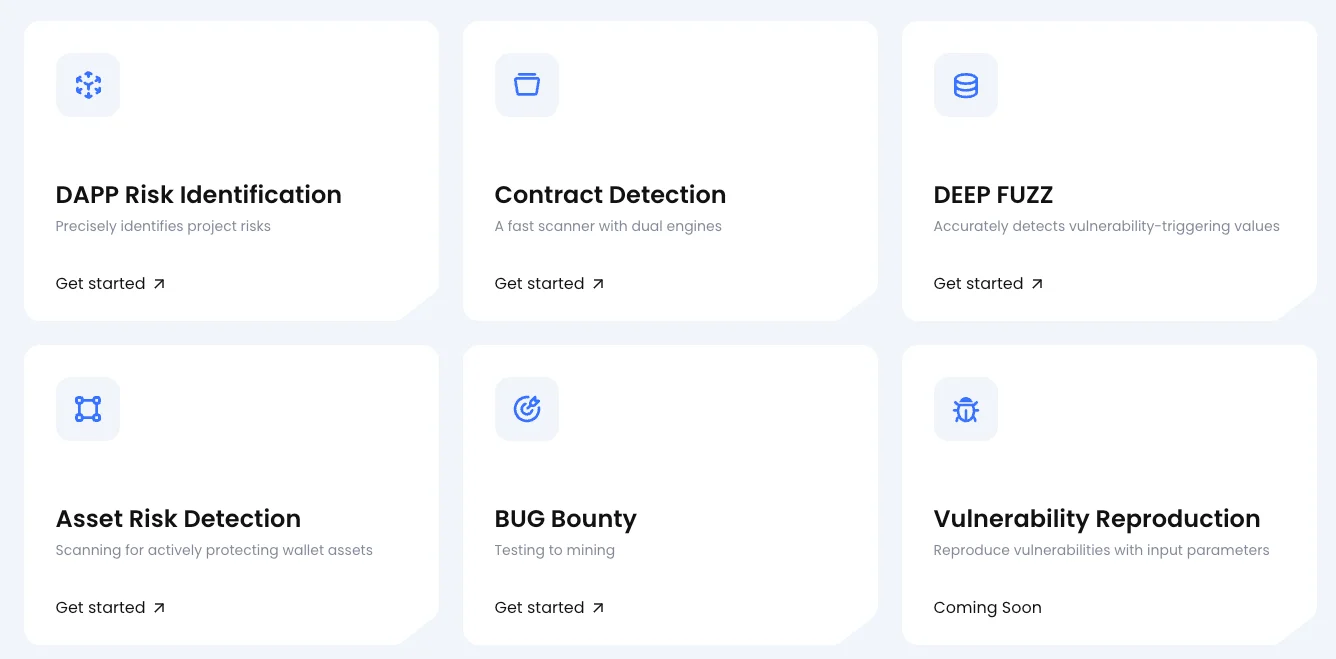
The inclusion of this decentralized software service (DSaaS) makes the platform accessible to a larger user base, effectively democratizing the process and moving away from the traditionally centralized cloud space dominated by large tech entities.
In summary, Triathon illustrates the potential of decentralization in enhancing system security while also rewarding community involvement. It represents another facet of Trias’s commitment to developing a reliable and trustworthy computational infrastructure.
Tusima Network – Pioneering Blockchain Ecosystem in Enterprise Services
An exciting venture under the Trias umbrella is the Tusima Network, which is effectively revolutionizing the realm of enterprise services with blockchain technology. Tusima Network is a pioneering effort that aims to leverage blockchain’s power to enhance enterprise services and achieve efficient, secure, and transparent business processes.
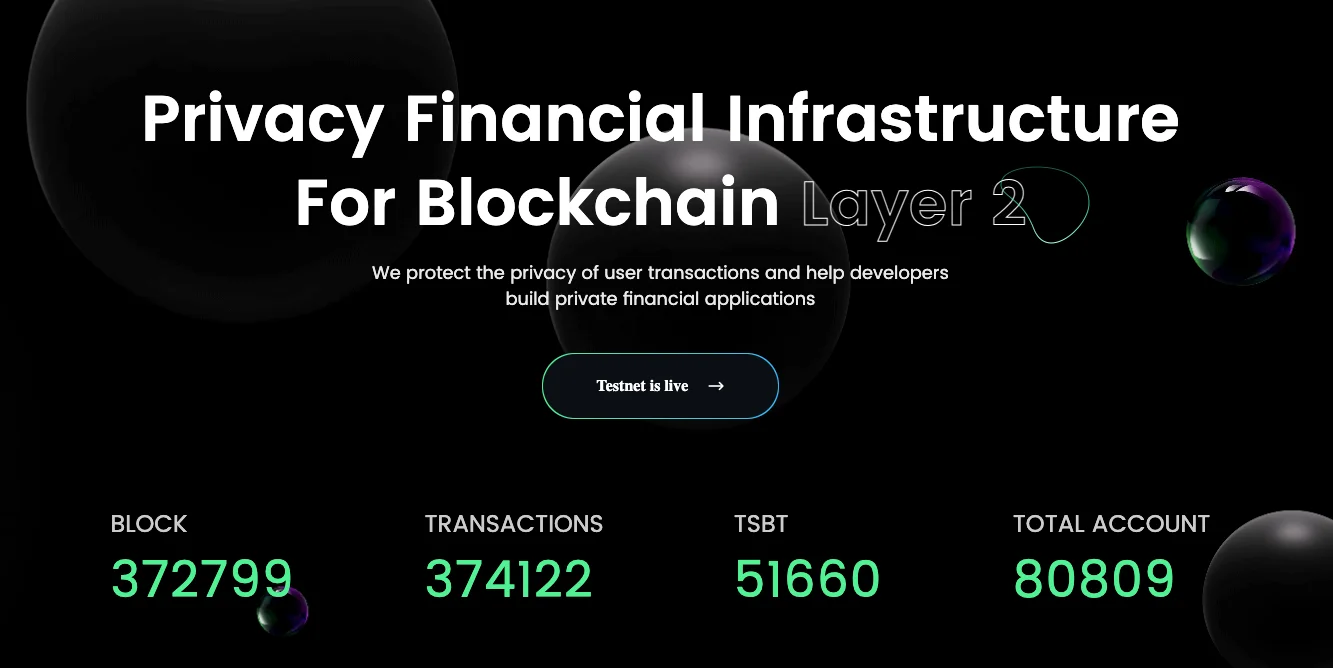
As a Blockchain as a Service (BaaS) platform, Tusima Network facilitates businesses to harness blockchain technology’s potential without dealing with its underlying infrastructure’s complexities. It provides businesses with pre-configured, ready-to-deploy, blockchain-based solutions that can be seamlessly integrated into their existing systems.
The services provided by Tusima Network cover a wide range of industries, including finance, supply chain, healthcare, and more. It allows businesses to enjoy the advantages of blockchain-like traceability, transparency, and enhanced security, without requiring in-depth technical knowledge of blockchain development.
One of the key features of the Tusima Network is its focus on customization. Recognizing that every enterprise has unique requirements, the platform offers customizable blockchain solutions tailored to meet specific business needs. This ability to offer bespoke solutions makes Tusima Network a preferred choice for many businesses looking to incorporate blockchain into their operations.
Moreover, Tusima Network’s compatibility with the Trias ecosystem further strengthens its potential. This symbiosis allows Tusima to harness the Trias ecosystem’s superior scalability, security, and trustworthiness, thereby providing a more robust and reliable BaaS platform.
In essence, Tusima Network is a prime example of how Trias strives to make blockchain technology’s benefits accessible to businesses of all sizes and types. Its initiative to bring blockchain to the forefront of enterprise services marks a significant step towards the mainstream adoption of blockchain technology.
Ethanim Network – Driving Interoperability
One of the core facets of the Trias ecosystem is its alliance with Ethanim Network, a high-performance and scalable layer-2 solution built to enhance interoperability between Trias and other blockchains, particularly Ethereum.
Ethanim Network presents an innovative solution for achieving higher transaction throughput without sacrificing the decentralization and security offered by Ethereum. By doing so, it not only enhances Ethereum’s performance but also extends the capabilities of the Trias network, allowing users to harness the benefits of both ecosystems seamlessly.
One of the distinguishing features of Ethanim Network is its advanced architecture. It utilizes zk-Rollup technology, aggregating multiple transactions into a single proof that can be verified on Ethereum. This significantly improves scalability, reducing congestion and increasing transaction speed while retaining robust security.
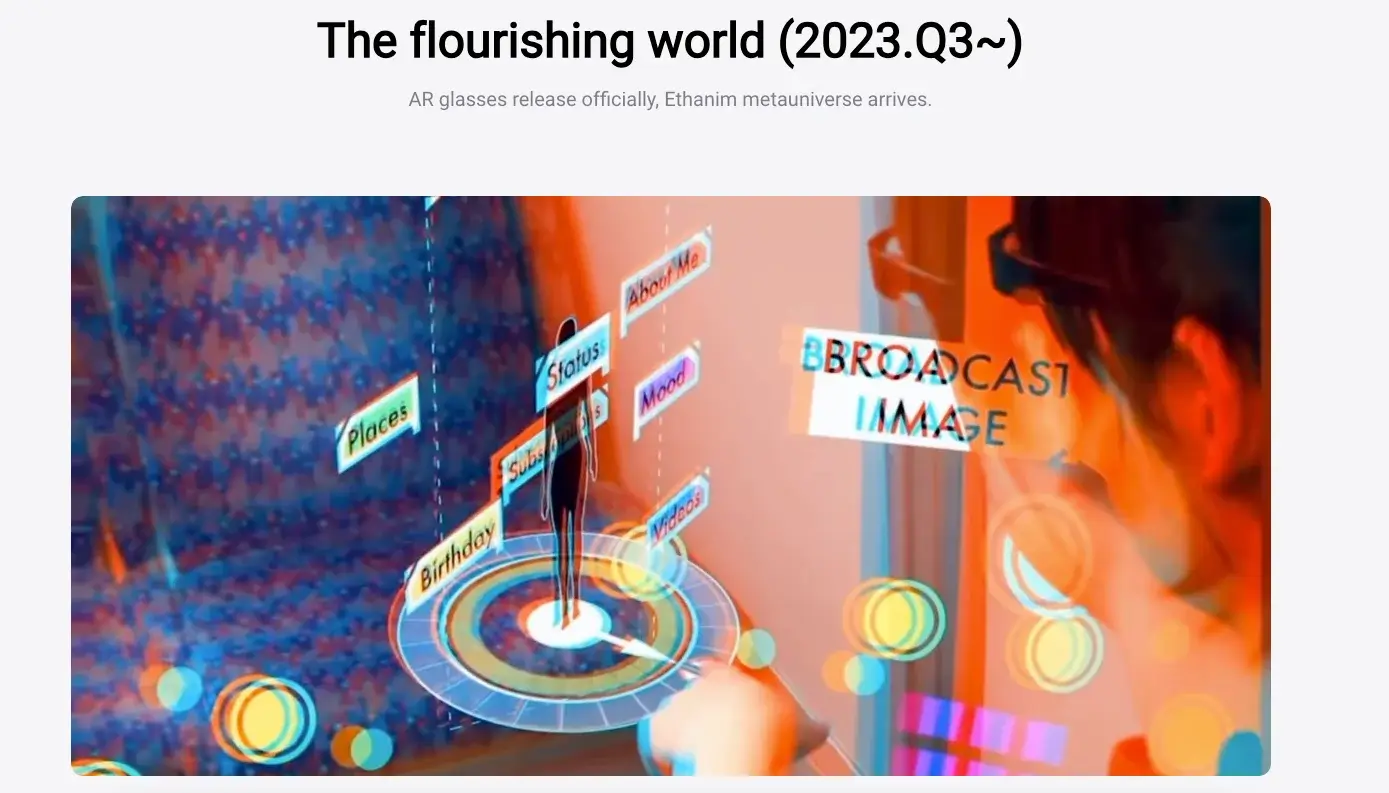
Moreover, Ethanim Network’s interoperability feature is paramount for Trias’s broader ambition to enable a trustworthy and reliable general-purpose computation infrastructure. This compatibility allows Trias-based applications to communicate and interact with those in the Ethereum ecosystem, significantly broadening their potential user base and utility.
By integrating with Ethanim Network, Trias also empowers its users to utilize Ethereum’s mature and diverse DeFi ecosystem, thereby amplifying the value and potential of the Trias token ($TRIAS).
In essence, the collaboration between Trias and Ethanim Network represents a significant leap toward achieving a truly interconnected and interoperable blockchain landscape. This alliance further solidifies Trias’s position as a frontrunner in the space, destined to shape the future of decentralized computing and blockchain technology.
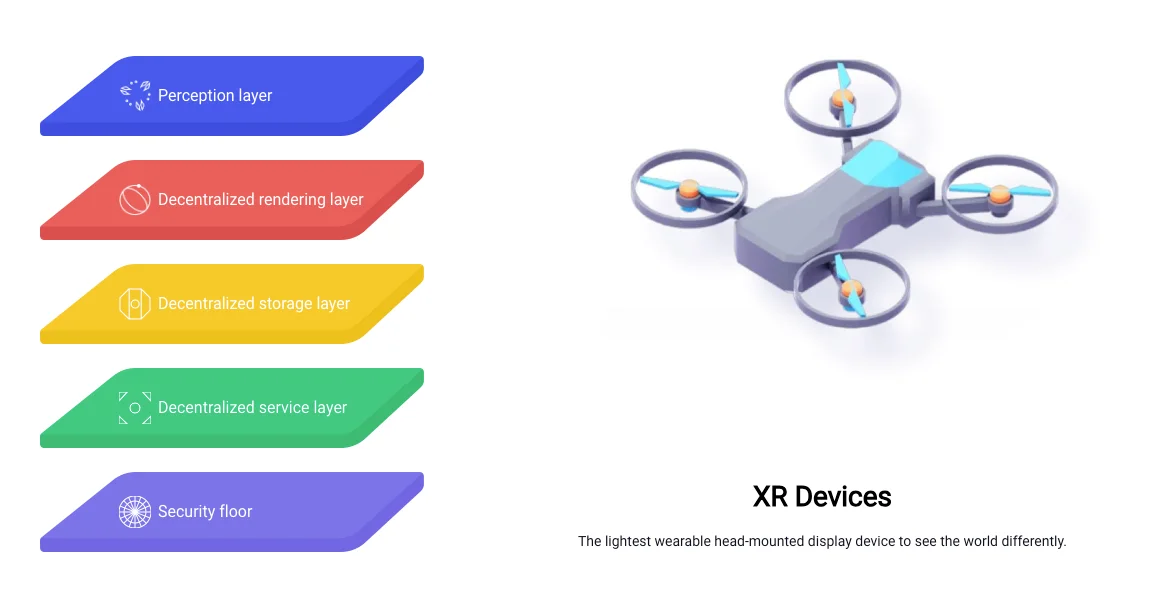
Team
The Trias team consists of professionals with strong backgrounds in blockchain technology, cybersecurity, cloud computing, and more. The team is led by Dr. Anbang Ruan, who brings extensive experience in cloud security from his time at Oxford University. He’s backed by a strong team of experts who have previously worked at world-leading tech companies and research institutions.

The team behind Trias brings together extensive expertise and experience from various sectors, including academia, cloud computing, blockchain, and information security.
Founding Team Members:
- Dr. Ruan Anbang, Founder and CEO, has a Ph.D. from Oxford and an MSc from Peking University. He is a former Research Associate in Trusted Cloud from the Oxford e-Research Center (OeRC). With 10 years of research experience in system security, Ruan Anbang has also served as a reviewer in Trusted Cloud for the Journal of ACM. He has led multiple European research projects funded by the EPSRC, FP7, and Innovate UK.
- Dr. Wei Ming, Co-Founder and CTO, possess a Ph.D. and an MSc from Peking University. He was a Senior Architect in the Software R&D Center Cloud Division at CASC. With 7 years of experience in distributed cloud platform development and project management, he has led big data, IoTs, and embedded operating system projects for CASC.
- Bian Kailing, Co-Founder and CSO, holds an MSc in Management and Strategy from the London School of Economics. She is the founder of BlockMania and a partner of 42Capital. She was formerly a Director at Huobi Labs, Managing Director at Ether Capital, and an analyst at Accenture.
- Chen Xuming, Chief Product Officer, has an MSc from Peking University. He was the former General Manager of Information Technology Consulting and Evaluation Department of CCID Group Certification Center, where he oversaw reviews of over 200 IT companies and contributed to several national standard evaluations.
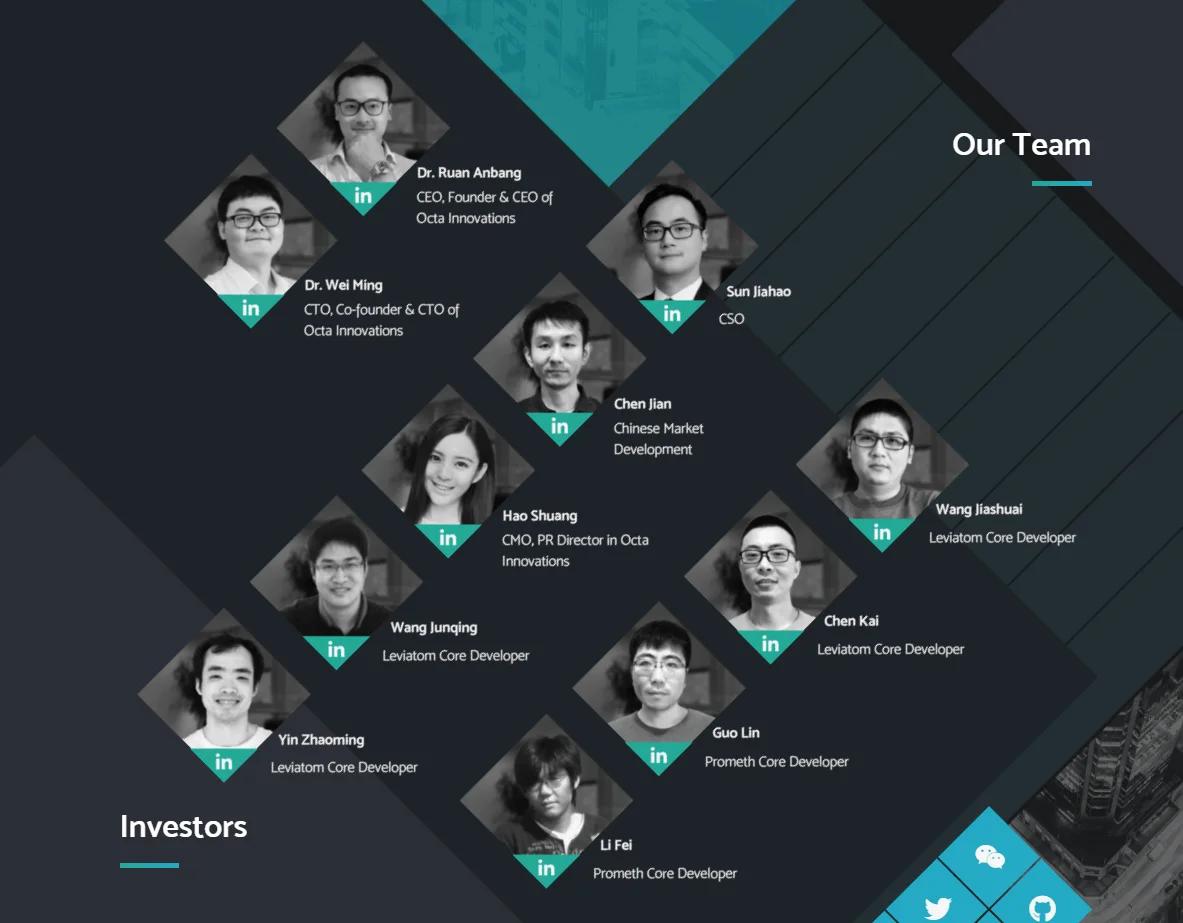
Core Partners:
- Octa Innovations, Ltd., P.R.C: Octa Innovations is a security solution provider based in China, integrating trusted computing and blockchain technology. It comprises members primarily from Oxford and Peking University and top tech companies such as Microsoft, Alibaba, and DiDi. It will provide technical, research, and marketing support for Trias.
- Joint Laboratory of Octa Innovations and Peking University: This laboratory focuses on innovative research capabilities in TEE, graph computation, and trusted software construction for Trias. It comprises 4 professors, 12 doctoral students, and over 20 master students.
The Trias team’s collective experience and credentials provide a strong foundation for their ambitious project, and their affiliations with well-regarded institutions lend further credibility.
Partnerships
Trias has formed strategic partnerships with various companies and institutions. Notable collaborations include the Oxford University Innovation and PnP Fintech accelerator. These partnerships have bolstered Trias’ growth and adoption within the broader tech industry.
$TRIAS Tokenomics and Utility
The native token of Trias, TRIAS, serves multiple purposes within the Trias ecosystem:
- Staking: Users can stake their TRIAS tokens to participate in the network and earn rewards.
- Governance: TRIAS token holders have a say in the governance of the Trias network, influencing key decisions such as system parameter settings.
- Payment for Services: TRIAS tokens can also be used to pay for various services on the Trias network, including computational services.
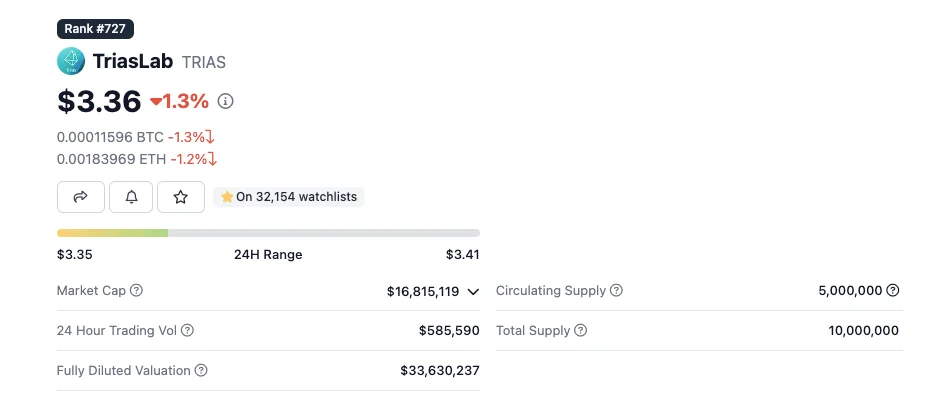
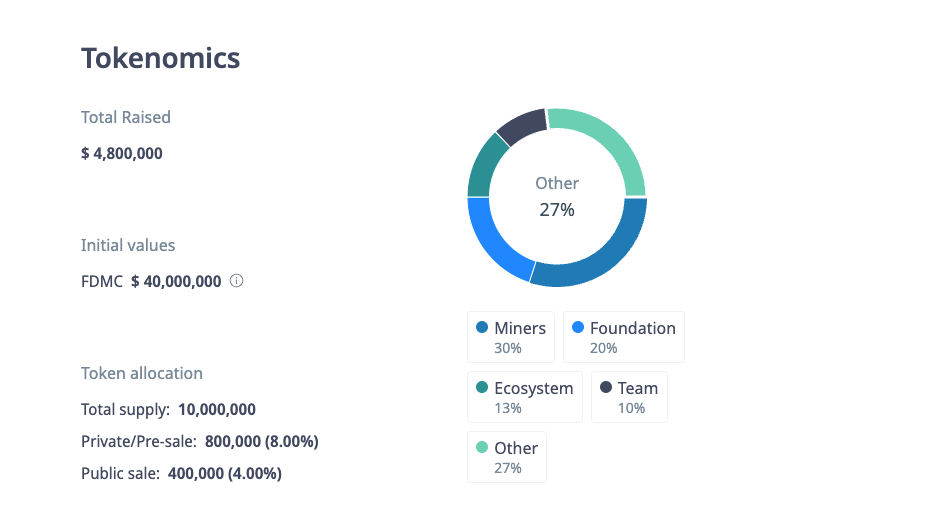
Roadmap
Trias aims to continually improve its trustworthy and reliable computing system, focusing on enhancing its security and efficiency aspects. The project also plans to foster new partnerships and collaborations to develop a thriving and sustainable Trias ecosystem.
Conclusion
In conclusion, the Trias team’s extensive background in cloud computing, blockchain, and information security, coupled with their strategic partnerships, positions them well to make a significant impact in the field of trusted computing and blockchain technology. Their collaboration with esteemed institutions like Oxford University, Peking University, and top tech companies underscores their commitment to innovation and excellence.
The potential market for Trias is enormous, given the increasing significance of the big data and AI sectors. According to a report by MarketsandMarkets, the big data market size is projected to grow from USD 138.9 billion in 2020 to USD 229.4 billion by 2025 at a Compound Annual Growth Rate (CAGR) of 10.6% during the forecast period. Similarly, Grand View Research suggests that the global AI market will reach USD 733.6 billion by 2027, expanding at a CAGR of 42.2%.
Given these market trends, the scope for Trias’s growth and impact is immense. The demand for secure, reliable, and efficient data and AI systems will likely rise in the coming years. By capitalizing on this demand and their team’s unique strengths, Trias could significantly contribute to the evolution of the big data and AI sectors.
* The information in this article and the links provided are for general information purposes only and should not constitute any financial or investment advice. We advise you to do your own research or consult a professional before making financial decisions. Please acknowledge that we are not responsible for any loss caused by any information present on this website.
- SEO Powered Content & PR Distribution. Get Amplified Today.
- PlatoData.Network Vertical Generative Ai. Empower Yourself. Access Here.
- PlatoAiStream. Web3 Intelligence. Knowledge Amplified. Access Here.
- PlatoESG. Automotive / EVs, Carbon, CleanTech, Energy, Environment, Solar, Waste Management. Access Here.
- PlatoHealth. Biotech and Clinical Trials Intelligence. Access Here.
- ChartPrime. Elevate your Trading Game with ChartPrime. Access Here.
- BlockOffsets. Modernizing Environmental Offset Ownership. Access Here.
- Source: https://coindoo.com/trias-review/
- :has
- :is
- :not
- :where
- ][p
- 10
- 12
- 2%
- 20
- 200
- 2020
- 2025
- 27
- 7
- 9
- a
- ability
- Academia
- accelerator
- Accenture
- accessible
- According
- Achieve
- achieving
- acknowledge
- ACM
- across
- active
- Adoption
- advanced
- advantages
- advice
- advise
- affiliations
- AI
- AI systems
- AI-powered
- aims
- Alibaba
- All
- Alliance
- allow
- Allowing
- allows
- also
- ambition
- ambitious
- amplifying
- an
- analyst
- and
- annual
- Another
- any
- applications
- approach
- architecture
- ARE
- article
- AS
- aspect
- aspects
- Assets
- Associate
- At
- Automated
- Automation
- autonomous
- away
- BaaS
- backed
- background
- backgrounds
- base
- based
- BE
- before
- behind
- benefits
- bespoke
- between
- Big
- Big Data
- Billion
- blockchain
- blockchain applications
- blockchain ecosystem
- blockchain solutions
- blockchain technology
- blockchain-based
- blockchain-based solutions
- blockchain-development
- blockchains
- both
- bring
- Brings
- broader
- Building
- built
- business
- business processes
- businesses
- but
- by
- CAGR
- CAN
- capabilities
- capable
- capital
- capitalizing
- caused
- Center
- centralized
- ceo
- Certification
- chain
- chains
- chief
- chief product officer
- China
- choice
- Cloud
- cloud computing
- Cloud Platform
- Cloud Security
- Co-founder
- CoinGecko
- collaboration
- collaborations
- Collective
- coming
- commitment
- communicate
- community
- Community Driven
- Companies
- compatibility
- complexities
- component
- Compound
- comprises
- compromising
- computation
- computing
- conclusion
- congestion
- consists
- constant
- constitute
- construction
- consulting
- continually
- contract
- contracts
- contribute
- contributed
- contributions
- Core
- could
- coupled
- cover
- create
- creates
- Creating
- Credentials
- Credibility
- Crowdsourcing
- CTO
- customizable
- customization
- Cybersecurity
- data
- dealing
- Decentralization
- decentralized
- decisions
- DeFi
- DeFi ecosystem
- deliver
- Demand
- Democratizing
- Department
- deployment
- destined
- develop
- developers
- developing
- Development
- didi
- different
- digital
- Digital Assets
- Director
- distinct
- distributed
- distributed systems
- diverse
- Division
- do
- doing
- dr
- driving
- during
- earn
- Economic
- Economics
- economy
- ecosystem
- Ecosystems
- effectively
- efficiency
- efficient
- effort
- embedded
- emphasizes
- empowers
- enable
- enables
- encourages
- encryption
- engage
- enhance
- enhanced
- Enhances
- enhancing
- enjoy
- enormous
- ensure
- ensures
- ensuring
- Enterprise
- entities
- Environment
- environments
- Era
- essence
- esteemed
- Ether
- ethereum
- Ethereum ecosystem
- Ethereum's
- European
- evaluation
- evaluations
- Every
- evolution
- example
- Excellence
- exciting
- execution
- existing
- expanding
- experience
- expertise
- experts
- Exploring
- extends
- extensive
- Extensive Experience
- facets
- facilitates
- Feature
- Features
- field
- finance
- financial
- fintech
- Focus
- focuses
- focusing
- For
- Forecast
- forefront
- formed
- Former
- formerly
- forms
- Foster
- fostering
- Foundation
- founder
- Founder and CEO
- Framework
- from
- functionality
- funded
- further
- future
- General
- general-purpose
- given
- Global
- governance
- graph
- Group
- Grow
- Growth
- Hardware
- harness
- Have
- he
- healthcare
- High
- high-performance
- higher
- highly
- his
- holders
- holds
- How
- HTTPS
- Huobi
- identify
- illustrates
- immense
- Impact
- improve
- improves
- in
- in-depth
- incentivizing
- include
- Including
- inclusion
- incorporate
- incorporates
- increasing
- industries
- industry
- influencing
- information
- information security
- information technology
- Infrastructure
- Initiative
- innovate
- Innovation
- innovations
- innovative
- institutions
- integrated
- Integrating
- integration
- integrity
- interact
- interconnected
- Interoperability
- interoperable
- into
- Introduction
- investment
- involvement
- IT
- IT companies
- ITS
- journal
- Key
- knowledge
- known
- laboratory
- Labs
- landscape
- large
- larger
- launch
- Layer-2 Solution
- layers
- Lays
- Leap
- Led
- LEND
- Leverage
- leverages
- leveraging
- lifecycle
- like
- likely
- links
- Liquidity
- liquidity mining
- London
- looking
- loss
- Ltd
- Mainstream
- mainstream adoption
- make
- MAKES
- Making
- management
- manager
- managing
- Managing Director
- many
- Market
- Market Trends
- Marketing
- master
- mature
- max-width
- Maximize
- mechanism
- Meet
- Members
- Microsoft
- Mining
- model
- monitoring
- more
- moving
- multiple
- myriad
- National
- native
- Native Token
- needs
- network
- New
- next-generation
- notable
- noteworthy
- of
- offer
- offered
- Offers
- Officer
- on
- ongoing
- only
- operate
- operating
- operating system
- Operations
- optimization
- or
- Other
- over
- own
- Oxford
- oxford university
- paradigm
- parameter
- Paramount
- participants
- participate
- participation
- particularly
- partner
- partners
- partnerships
- Pay
- Peking
- performance
- period
- Pioneering
- pivotal
- plans
- platform
- Platforms
- plato
- Plato Data Intelligence
- PlatoData
- plays
- please
- PNP
- position
- positions
- possess
- potential
- power
- preferred
- present
- presents
- previously
- primarily
- Prime
- private
- process
- Process Automation
- processes
- Product
- professional
- professionals
- Programming
- project
- project management
- projected
- projects
- proof
- protocols
- provide
- provided
- provider
- provides
- providing
- public
- purposes
- R
- R&D
- range
- ranging
- Rate
- reach
- realm
- recognizing
- reducing
- reliability
- reliable
- remarkable
- report
- represents
- Requirements
- research
- Research Institutions
- Research suggests
- Resources
- responsible
- retaining
- review
- Reviews
- Revolutionizing
- rewarding
- Rewards
- Rise
- Robotic Process Automation
- robust
- robustness
- Role
- rpa
- rules
- running
- sacrificing
- say
- Scalability
- scalable
- Scale
- School
- scope
- seamlessly
- Sectors
- secure
- security
- security testing
- senior
- serves
- service
- Services
- settings
- several
- Shape
- she
- should
- significance
- significant
- significantly
- Similarly
- single
- Size
- sizes
- smart
- smart contract
- Smart Contracts
- So
- Software
- software development
- solidifies
- solution
- Solutions
- Space
- specific
- speed
- stake
- standard
- Step
- Strategic
- Strategic Partnerships
- Strategy
- Strengthens
- strengths
- strives
- strong
- Students
- such
- Suggests
- SUMMARY
- superior
- supply
- supply chain
- support
- sustainable
- system
- Systems
- tailored
- tasks
- team
- Team members
- tech
- tech companies
- tech industry
- Technical
- Technologies
- Technology
- test
- Testing
- that
- The
- The Future
- the information
- their
- Them
- thereby
- These
- this
- those
- three
- thriving
- throughput
- time
- to
- together
- token
- Token Economy
- token holders
- tokenomics
- Tokens
- top
- toward
- towards
- Traceability
- traceable
- traditionally
- transaction
- transaction speed
- Transactions
- Transparency
- transparent
- Trends
- truly
- trusted
- trustworthy
- types
- Uk
- umbrella
- under
- underlying
- underscores
- unique
- Universal
- university
- USD
- used
- User
- users
- using
- utility
- utilize
- utilizes
- value
- various
- venture
- verified
- View
- Vulnerabilities
- was
- we
- webp
- Website
- WELL
- which
- while
- WHO
- wide
- Wide range
- will
- with
- within
- without
- worked
- write
- years
- you
- Your
- zephyrnet
- zk-rollup



